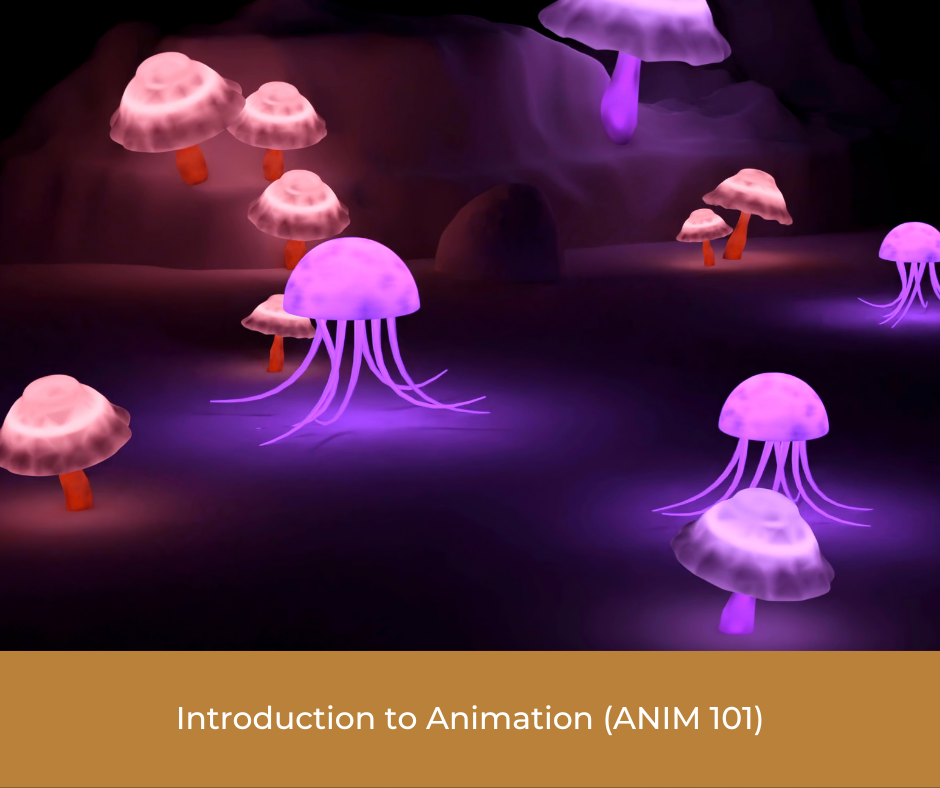Your cart is currently empty!
Introduction to Animation (ANIM 101)

Course Description
Introduction to Animation (ANIM 101) is a foundational course that introduces students to the captivating world of animation. This course provides a comprehensive overview of animation principles, techniques, and tools. Students will delve into both traditional and digital animation methods, gaining a solid understanding of how to bring characters and stories to life through motion.
Outline of Major Content Areas
- Animation Fundamentals: Understanding the core principles of animation, including squash and stretch, anticipation, and exaggeration.
- Traditional Animation: Exploring the art of hand-drawn animation, learning about keyframes, in-betweening, and the animation process.
- Digital Animation: Introduction to digital animation software and techniques, including character rigging, timeline animation, and digital puppetry.
- Storyboarding: Learning the importance of storyboards in animation, including shot composition, framing, and storytelling through visuals.
- Character Animation: Focusing on character design, movement, and personality development in animation.
- Motion Graphics: Exploring animation beyond characters, including typography animation, logo animation, and kinetic typography.
- Animation History: Studying the history of animation, from its earliest forms to contemporary trends and technologies.
Course Learning Outcomes
By the end of Introduction to Animation (ANIM 101), students will:
- Animation Principles: Understand and apply core animation principles to create compelling motion sequences.
- Traditional Animation: Have hands-on experience with traditional animation techniques, producing short animations.
- Digital Animation: Be proficient in using digital animation software to create animated content.
- Storyboarding Skills: Create storyboards for animation projects, effectively communicating visual narratives.
- Character Animation: Develop skills in character design and animation, imbuing characters with personality and expression.
- Motion Graphics: Create motion graphics and animated typography for various applications.
- Animation History Knowledge: Demonstrate knowledge of the history and evolution of animation as an art form.
Methods for Assessing Student Learning
Assessment in Introduction to Animation (ANIM 101) involves a range of practical assignments, creative projects, and knowledge assessments. These assessments include:
- Animation Projects: Evaluation of animation projects, assessing animation principles, storytelling, and technical execution.
- Traditional Animation Exercises: Assessment of hand-drawn animation exercises, considering fundamental animation skills.
- Digital Animation Assignments: Evaluation of digital animation assignments, reviewing software proficiency and creative application.
- Storyboard Creation: Assessment of storyboards created by students for animated sequences.
- Character Animation Portfolio: Review of character animation work, assessing character design, movement, and personality.
- Motion Graphics Projects: Evaluation of motion graphics projects, including typography animation and logo animation.
- Knowledge Assessments: Quizzes and examinations covering animation history and theory.
Introduction to Animation (ANIM 101) provides students with a solid foundation in the art and techniques of animation, equipping them with essential skills and knowledge to excel in this dynamic field. Through a balance of theory and practical application, students embark on their animation journey.